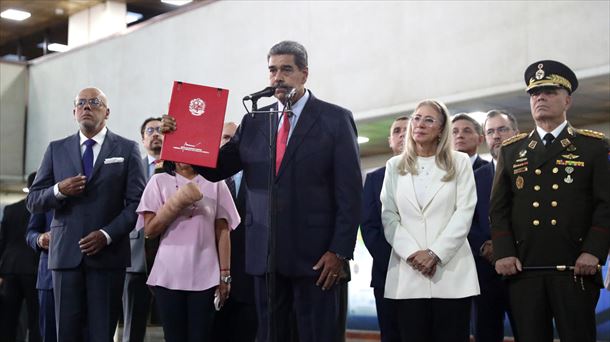Civilian cities targeted by devastating retaliatory attacks: this is also the nightmare of western governments. But protecting large cities is extremely difficult.
Little comfort came from Kiev on Monday afternoon: While helpers continued to push burnt-out wrecked cars off the city’s boulevards, the government announced it had shot down 43 of the 83 Russian missiles. If the information is correct, that would be “remarkable,” explains Brigadier General Gerfried Promberger, commander of the Federal Army’s Air Force.
Video: NASAM Defense System and GhostEye in Tests
Integrated airspace defence
Because the defense of major cities against cruise missiles is very complex. This requires IADS, short for “Integrated Air Defense System”. It consists of a wide variety of overlapping sensors and weapon systems that continuously exchange data and collectively detect, track and combat approaching missiles or aircraft. “And not one, but several at once,” says Promberger.
Far from an “Iron Dome”
The biggest weakness? “If a large number of missiles are fired at a target at the same time, it is no longer possible to fight them all in time.” In Europe, a common defense umbrella like the “Iron Dome” built in Israel is already being discussed. “But we are still a long way from that,” says Promberger.
Procurement for the army ahead
Meanwhile, a new air defense system for Austria is getting closer and closer: Minister Klaudia Tanner wants, as reported, to make major investments in ground defense missiles in the coming years. Unlike the existing “Mistral” and 3.5 cm anti-aircraft systems, which are still needed for object protection, they should have a range of up to 40 kilometers in the future.
Source: Krone
I’m Wayne Wickman, a professional journalist and author for Today Times Live. My specialty is covering global news and current events, offering readers a unique perspective on the world’s most pressing issues. I’m passionate about storytelling and helping people stay informed on the goings-on of our planet.



